When I have limited time for a nature walk and want to search out an interesting place to explore that’s close to home, I often end up at an urban wetland tucked away just off the beaten asphalt path. The city, county, and Metro organizations, often in coordination with private “Friends Of” groups, have worked to create many nearby sites that help shepherd the watershed, provide habitat for plants and animals, and allow access to green spaces. Often this involves restoration efforts, cleaning up messes and removing invasive non-native species. Sometimes these projects result in pathways, viewpoints, and signage; others are more minimalist in scope and budget.
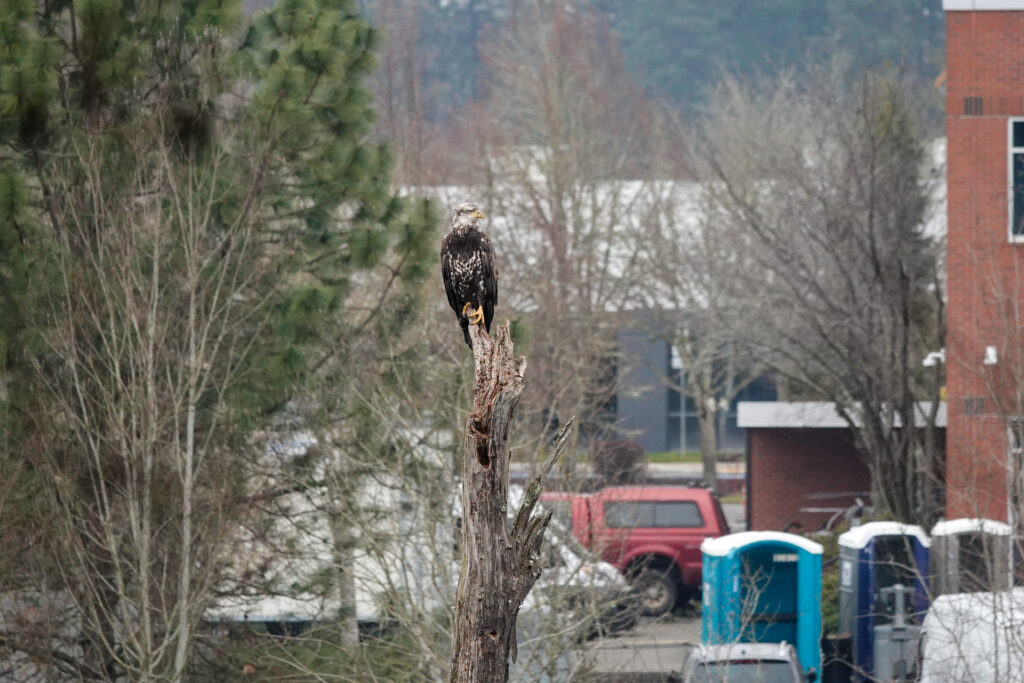
As far as I can tell, the Greenway Park / Koll Center Wetlands project got a whopping $61,700 back in 2012, which was used to clear out non-native plants, add native trees and shrubs, organize the debris into habitats, and build a turtle nesting area. The site is in between an extensive industrial area and the Fanno Creek Greenway, which provides 2 miles of trails along Fanno Creek, as well as a disc golf course and connections between multiple playgrounds.
Here’s an aerial view of the Koll Center wetlands, with my two routes marked.

Access is from the industrial parking lots. The tennis court at the bottom of the photo is now overgrown, but there’s an adjacent path leading to the water’s edge, where I found swallows, killdeer, and a kingfisher — and many more audible birds in the vicinity. There was another access point was towards the top of this photo, near the Fanno Farmhouse, where a path led to the Greenway. The trail soon became indistinguishable from the wetland, so there was no route to the shore I had seen from the tennis court; but side trails allowed me to explore the surrounding trees and shrubs and their inhabitants. Even without trails and signs, this space provided a great hour of tromping in the mud and stalking the tweets and rustles along the various edges.
After this reminder of the wildness at the edges of highly developed urban areas, at my next opportunity I returned to an urban wetland I had last visited back in January: Smith and Bybee Lakes, located near the confluence of the Willamette and Columbia rivers. Described by Metro as one of the largest protected wetlands within city limits in the country, it includes restored sloughs and forests in an area near the Portland Expo Center and adjacent to warehouses and port terminals. The water was pretty distant from the trail on this summer visit, but the forest was quite lively with birds and even a few small mammals. As with my previous visit, I heard but did not see an eagle.

Here are the photos from these two outings:
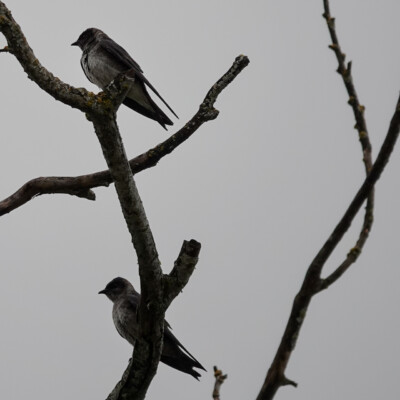
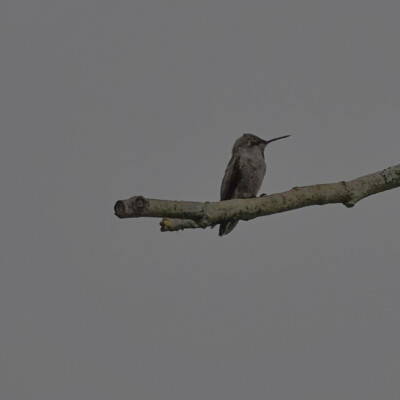
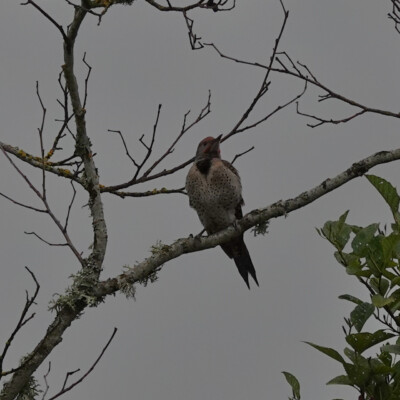


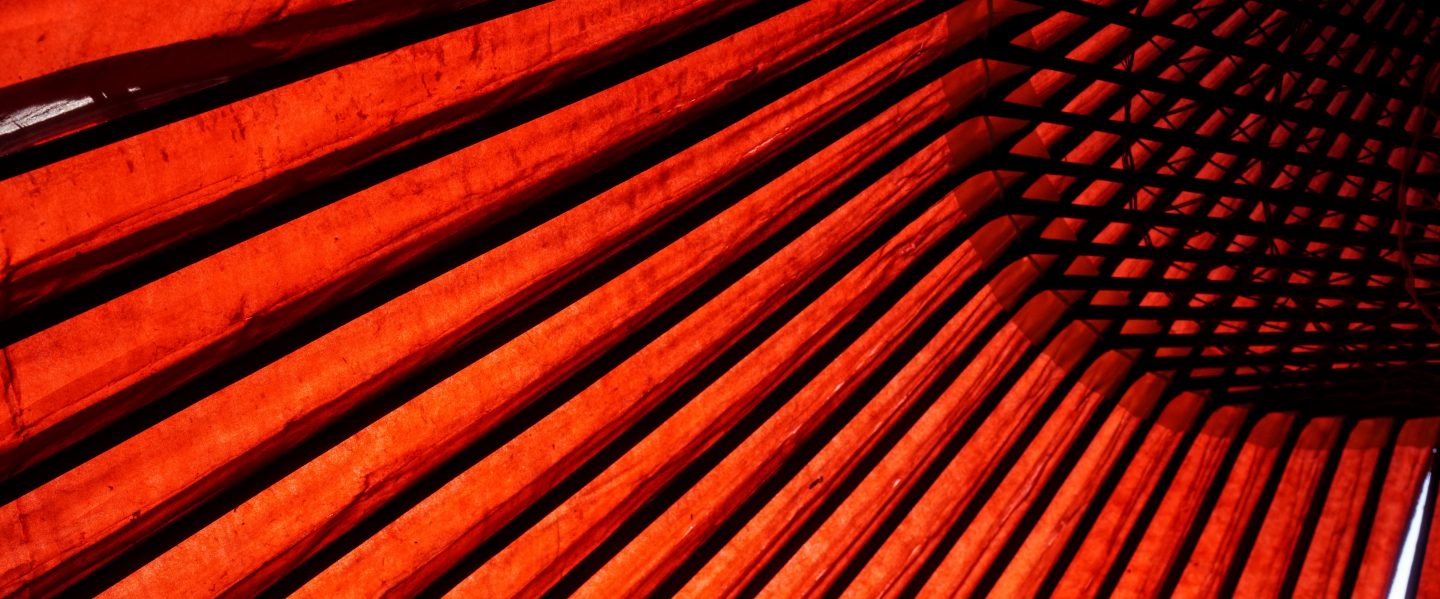

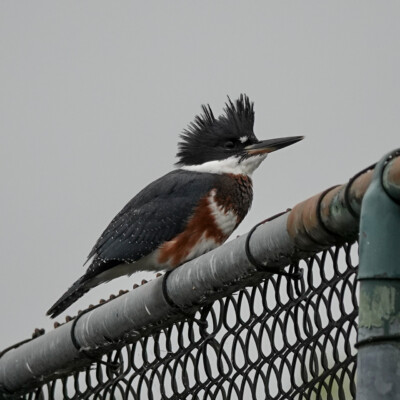

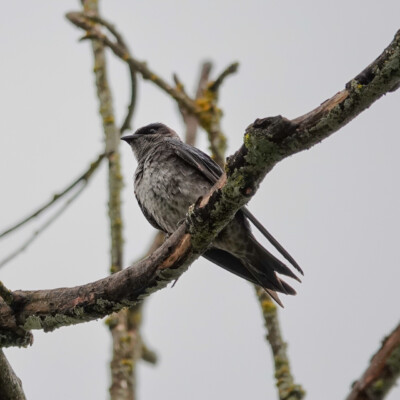
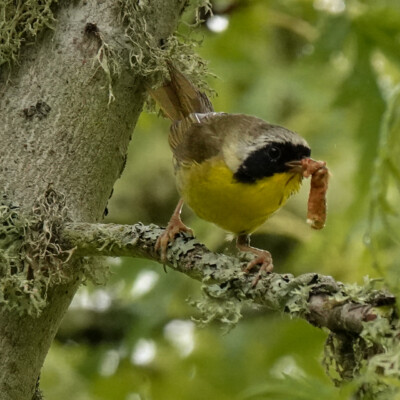

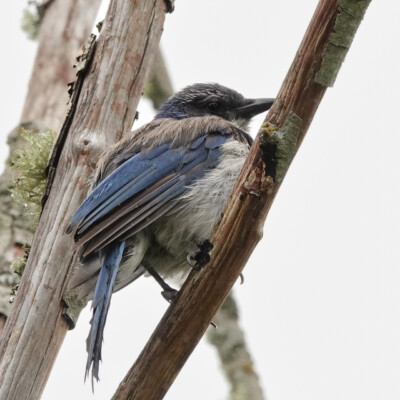
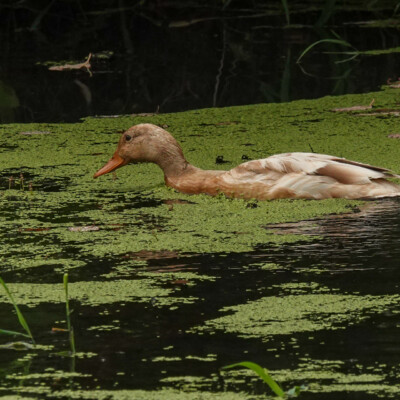
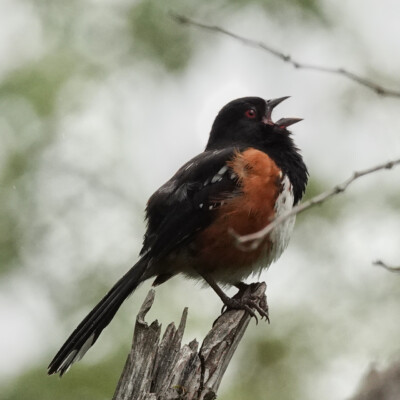


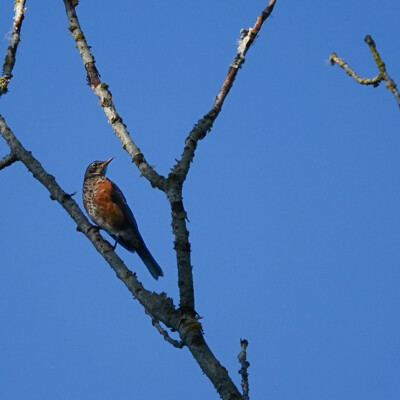
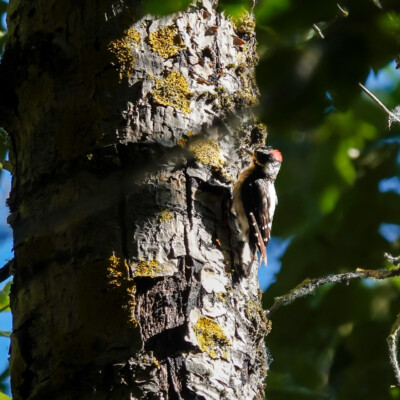
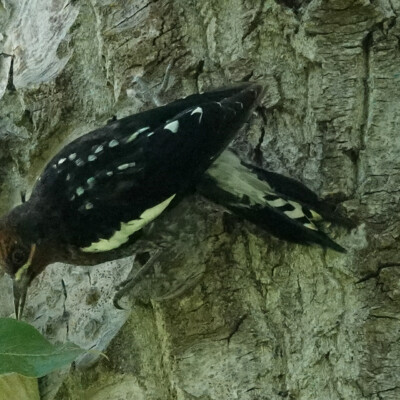
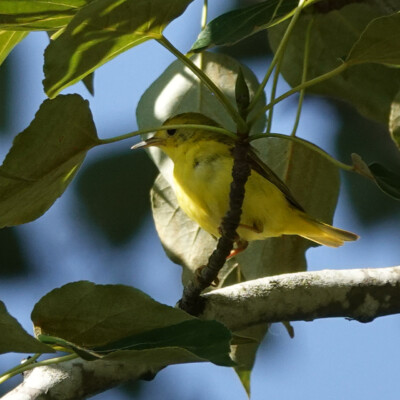
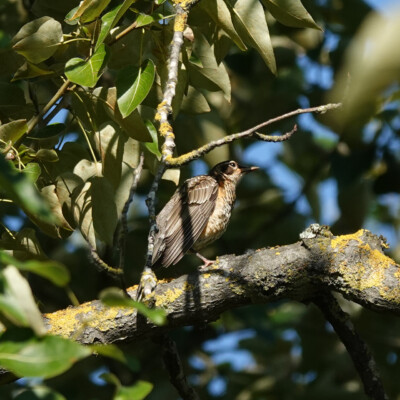
Leave a Reply